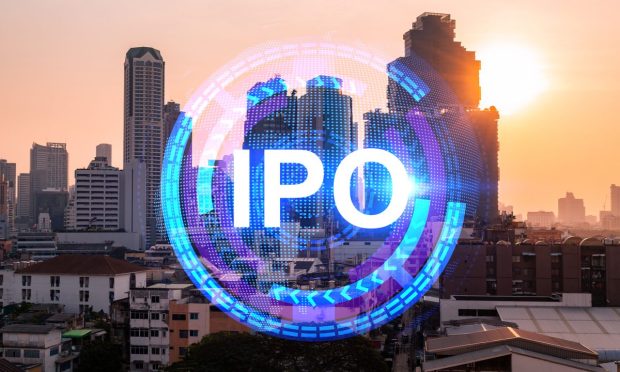Payments Firm PingPong Considers $1B IPO

PingPong, a Chinese startup that helps eCommerce merchants make cross-border payments, is considering an initial public offering (IPO) to raise up to $1 billion.
Sources told Bloomberg News Thursday (Jan. 27) that the company is working with advisors on an IPO listing that could come to the Hong Kong markets this year. The company had considered listing on mainland China.
PingPong will also try to raise around $300 million in a pre-IPO funding round, the sources say, noting that the company is valued at $5 billion.
In 2020, the company achieved “unicorn” status, meaning its value rose above $1 billion. It had reached $1.5 billion by the end of that year, around the same time PingPong received approval from regulators in Luxembourg to do business as an Electronic Money Institution (EMI).
Read more: Unicorn FinTech PingPong Lands eMoney License
Founded in 2015, the company collects payments for Chinese firms selling on platforms such as Amazon and Shopify. More than a million merchants use PingPong for cross-border, supply and value-added tax payments, the company says on its website.
Sellers can use PingPong to manage multiple currencies through one secure platform. Based in Hangzhou, the company has more than 600 employees in the U.S., Europe and Asia.
Read more: How SMBs Could Edge Out eCommerce Giants This Holiday Season
PYMNTS spoke to PingPong managing director Kenny Tsang about the shift to digital commerce in the outset of the pandemic in 2020.
He told PYMNTS’ Karen Webster that the shift to digital was accelerating, and predicted consumers’ shopping habits would be unlikely to revert to pre-pandemic norms in the future. Tsang argued that online sales no longer rely as much on younger shoppers who are more at home using the technology.
He noted that “the older generation that couldn’t [use technology] or is not willing to shop in stores is also adopting digital” — one of the chief reasons the adoption of eCommerce saw the acceleration it did as the COVID-19 pandemic began.
